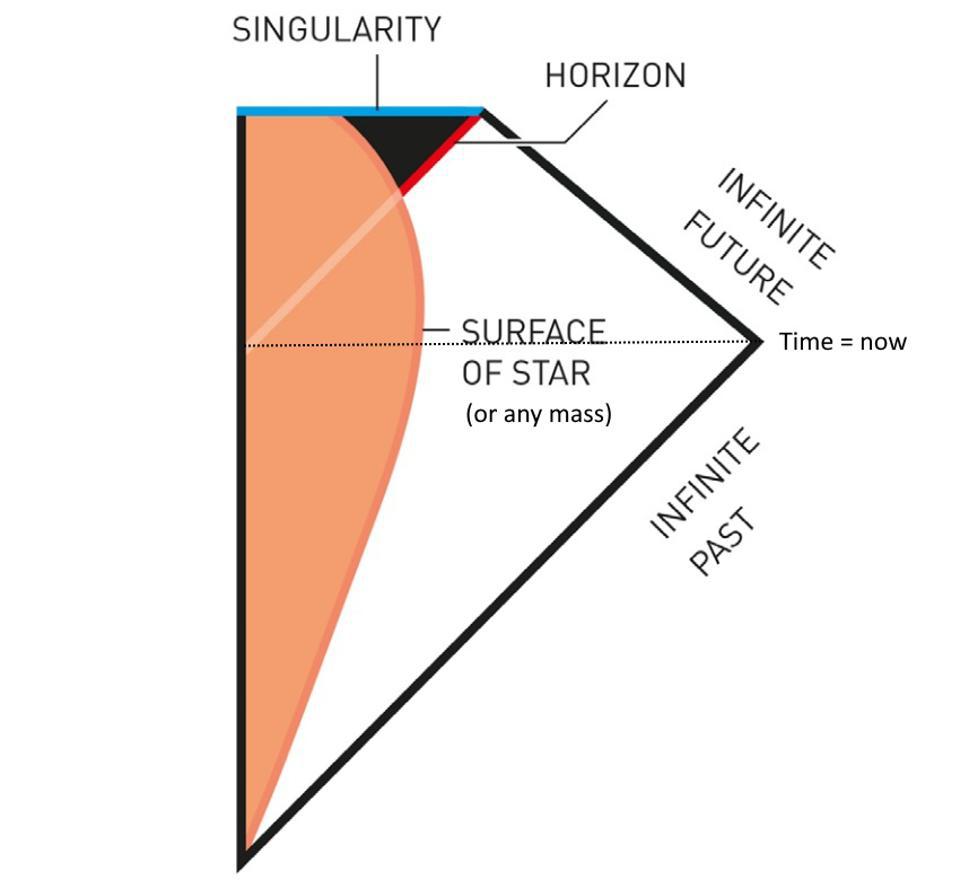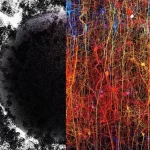Key Takeaways:
- Universe Origins: Scientific evidence supports the theory of the Universe originating from a hot Big Bang roughly 13.8 billion years ago, evolving and expanding ever since.
- Black Hole Parallels: The total mass and energy within the observable Universe surprisingly align with the mass required to form a black hole, intriguingly similar to the observable Universe’s size.
- Cosmic Background Radiation: The presence of cosmic microwave background radiation serves as crucial evidence for an evolving, expanding Universe, indicating a hot, dense past.
- Black Hole Similarities: Mathematical parallels between a black hole’s exterior and interior imply intriguing similarities in the properties of space, hinting at potential connections to the Universe’s origins.
- Speculative Connections: Theoretical connections between black holes, cosmic inflation, and dark energy propose intriguing yet speculative hypotheses about the creation and evolution of our Universe.
Since ancient times, humans have sought answers to the fundamental query: where did everything originate? In the 20th century, scientific progress provided some clarity. We uncovered evidence of an expanding Universe, witnessed varying galaxy characteristics, and detected a background of radiation, hinting at a hot Big Bang 13.8 billion years ago, birthing our existence.
One peculiar aspect is the Universe’s mass and energy summing up to a figure akin to a black hole’s event horizon size. This coincidence raises intriguing questions: could our Universe be born from a colossal black hole within a grander “parent Universe,” giving rise to new Universes with every black hole formation?

Understanding black holes reveals compelling parallels. Their event horizons act as a boundary, signifying divergent destinies for objects inside and outside. Crossing this boundary, an object is doomed to a black hole’s singularity, contributing to its mass. Strikingly, the observable Universe’s mass equivalence nearly matches the Schwarzschild radius, hinting at a potential connection between our Universe and a black hole.
The cosmic microwave background, a relic of our Universe’s hot, dense past, aligns with the conditions near a black hole’s singularity. Mathematical equivalences between a black hole’s exterior and interior further add to this enigma, implying striking similarities in space’s properties.
Advancements in cosmology unveiled cosmic inflation preceding the Big Bang and dark energy’s mysterious presence, suggesting possible links between these phenomena. Theorists speculate on black holes’ roles, proposing connections to inflation and dark energy, potentially marking the birth of our Universe from an ultramassive black hole.

However, these concepts lack definitive proof. Proposed models struggle to make distinct predictions or reconcile observed phenomena, leaving these ideas in the realm of intriguing speculation. Roger Penrose’s Conformal Cyclic Cosmology proposed Hawking points in the cosmic microwave background but found no robust evidence, keeping the black hole birth hypothesis speculative.
The absence of a distinctive signature hinders progress, confining these ideas to speculative hypotheses. While intriguing, the birth of our Universe from a black hole remains unconfirmed. Yet, dismissing this possibility entirely might be premature, compelling researchers to delve deeper into this captivating cosmic mystery.
In conclusion, the enigma of our Universe’s birth from a black hole continues to tantalize scientists, urging further exploration and investigation into the intriguing parallels between these cosmic behemoths and our existence’s origins.


